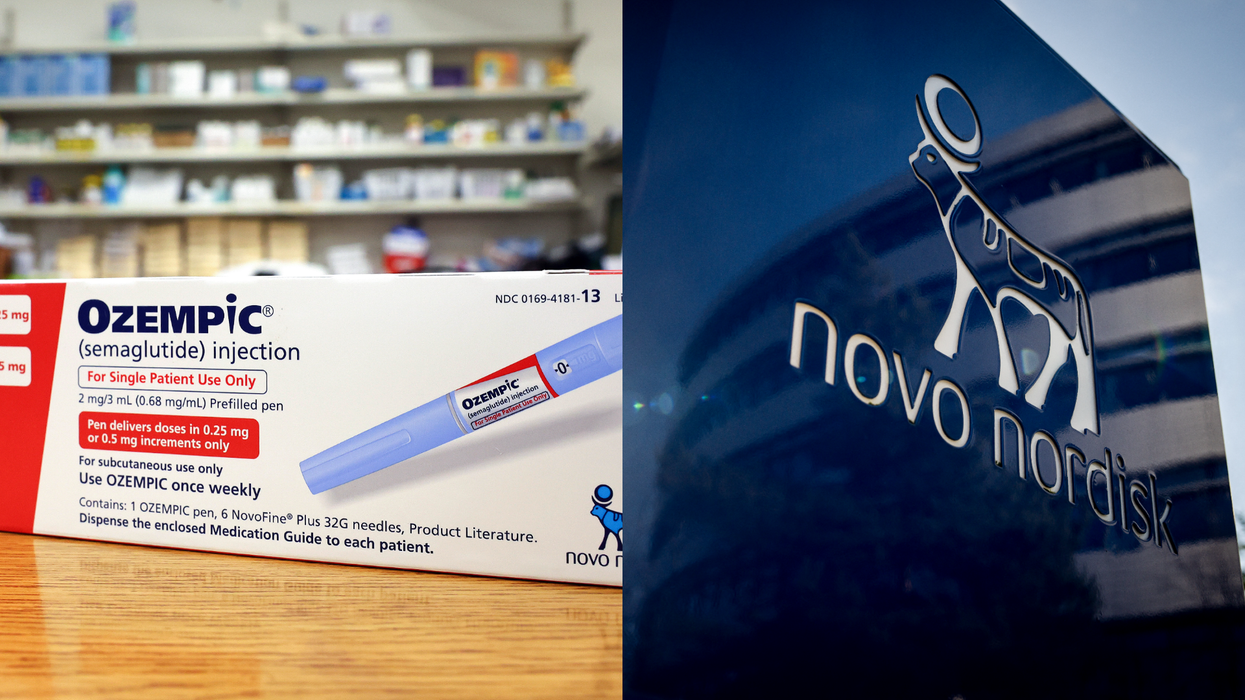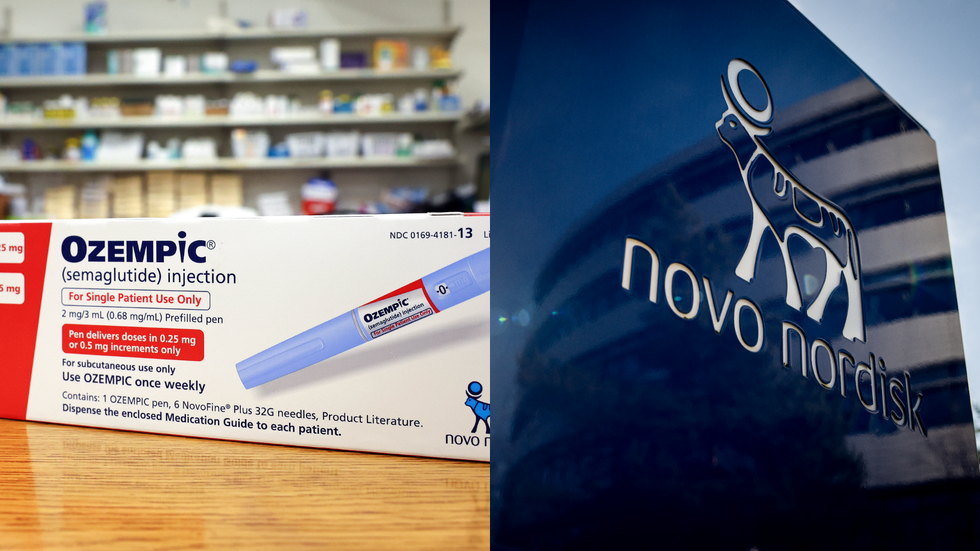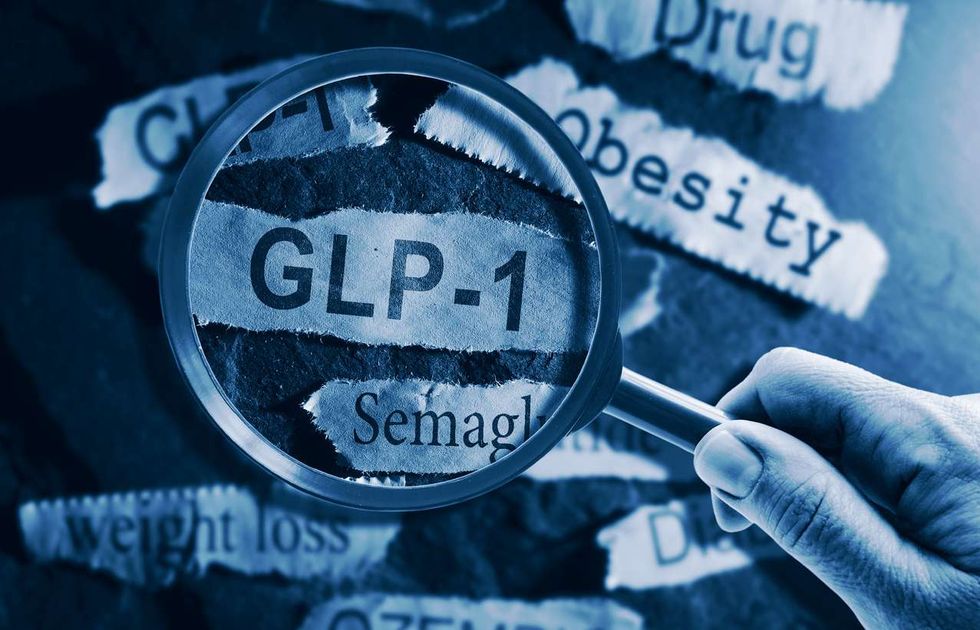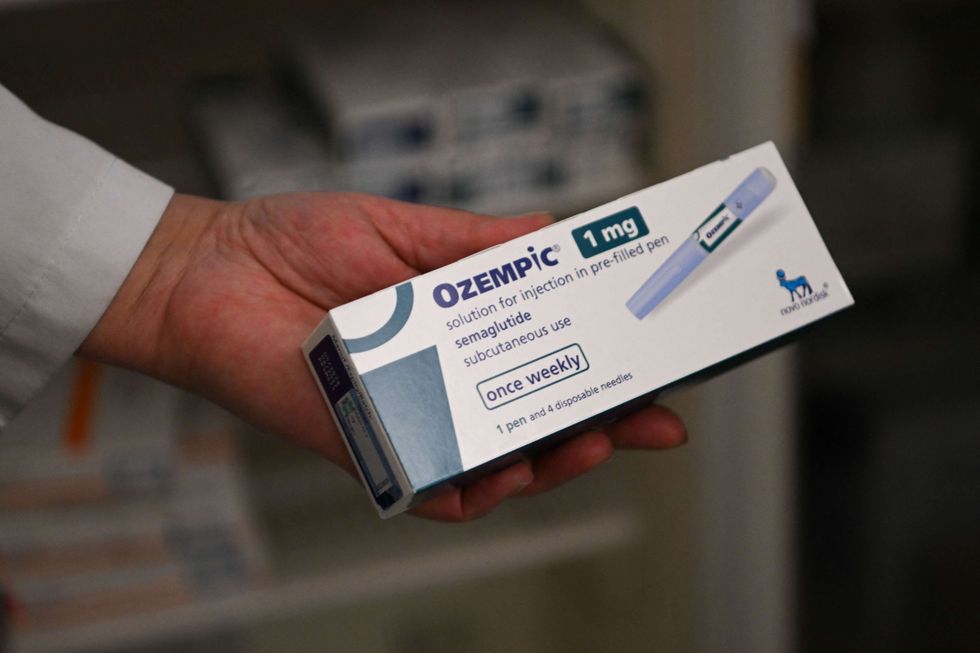EASTERN EYE MARKS 1500 ISSUES WITH A MEMORABLE MOMENT FOR EACH YEAR SINCE 1989 THAT HELPED DEFINE A GENERATION
by ASJAD NAZIR
Eastern Eye has the longest running South Asian music pages in the world and has pretty much featured every artist in the last 30 years, from aspiring singers to global superstars.
But, the beating heart of the pages has always been British talent that has crossed new musical frontiers in diverse genres. British Asian music has collectively delivered landmark moments, which have blazed a trail for others, created history, been inspirational or just super awesome.
To mark the 1500th issue of the Eastern Eye, the team went back through the last 30 years since its inception to find a memorable musical moment for each year. (And yes there were so many more).
1989: In 1989, the first issue of Eastern Eye was published and in the same year, acclaimed singer Najma Akhtar released her pioneering fusion album Atish, which impressively reached number four in the Billboard World Music Chart. The album, cleverly combining Indian musical styles with jazz and western influences, opened the door to a world of possibilities for a new generation of British Asians.
1990: This was the year that music producer Bally Sagoo released his debut fusion album Wham Bham with the legendary record label Oriental Star Agencies and changed everything in the British Asian music industry. The pioneering album transformed the musical landscape with a smash hit album that gave rise to a new wave of music producer pop stars.
1991: Led admirably by Muhammad Ayyub, forward-thinking British record label Oriental Star Agencies bridged the gap between generations and genres with the stunning album Magic Touch. The globally successful release saw music producer Bally Sagoo team up with Ustad Nusrat Fateh Ali Khan on a collection of songs that took qawwali music in a brand new direction. In the process, they created the urban qawwali genre, which remains popular even today.
1992: Pop icon Nazia Hassan releases her final album Camera Camera. It may not have been her biggest release, but the news generated major headlines because the British Pakistani singer had laid the foundations for pop music in South Asia with a series of stunning releases in the previous decade and by becoming an icon for an entire generation. She was offered the record-breaking album Made In India three years later, but turned it down and chose this as her final farewell to a pop industry she helped create.
1993: This was a huge year for path-breaking singer-songwriter Apache Indian and a big highlight was his debut album No Reservations becoming the first album by a British Asian to be nominated for a Mercury Music Prize. The fusion of east and west on a massively commercial level opened the eyes of a sleeping music industry, and smashed open the doors into the western mainstream for a new generation of British Asians. In the same year, Apache Indian’s single Boom-Shak-A-Lak became a global sensation.
1994: British music producer Bally Sagoo releases ground-breaking album Bollywood Flashback, where he took classic film songs and remixed them for a new generation. The stunning success of the album popularised the Bollywood remix genre, which is still massively popular and inspired many others, including music producers across the world, to follow in his footsteps. One of the greatest aspects of the album was that it crossed over to a non-Asian audience.
1995: The Asian Underground music genre had been bubbling away and came to the surface with stunning album Facts and Fictions from the path-breaking record label Nation Records. The stunning debut album from Asian Dub Foundation included the rousing anthem Rebel Warrior. The songs would inspire an exciting new wave that would shake the foundation of British music and the album itself would later be re-released.
1996: Led by Jas Mann, Babylon Zoo released the globally-successful chartbuster Spaceman. It reached number one in 23 countries and became one of the fastest selling singles of all time. The music act wasn’t able to replicate the success and would go onto be ranked as one of the greatest one-hit wonders of all time, but that didn’t stop 1996 from belonging to a British Punjabi from the Midlands.
1997: Brimful Of Asha by Cornershop tops the UK charts and became a major hit all over the world. The Indie rock band led by British Asian singer, songwriter and musician Tjinder Singh delivered a stunning song dedicated to Bollywood singer Asha Bhosle, which was later remixed and topped the charts again the following year.
1998: Bhangra has been a dominant genre in British Asian music and perhaps the finest album in the genre from the past 30 years was By Public Demand by B21, which took everyone by surprise and was sensationally successful. It was one of the first albums to have a western sensibility, but without losing the traditional roots element and had the cross-generational appeal like no other release before it. Twenty one years later, the songs are still popular and the album remains iconic.
1999: OK by Talvin Singh stuns the music world by winning the Mercury Prize for 1999. The debut album from the acclaimed musician helped add a new dimension to commercial music in the western mainstream and was a release that gave hope to a new wave of artists who wanted to do things differently. It was perhaps the peak of an Asian Underground movement that laid the foundation for so many great moments and artists.
2000: Birmingham-based bhangra star Malkit Singh has had many landmark moments and releases in his career ever since the 1980s, including being awarded an MBE in the Queen’s New Year’s Honours list in 2008. In 2000, he was listed in the Guinness Book Of World Records as the biggest selling bhangra artist of all time and reinforced how much the UK had led the world in the genre. A long-term friend of Eastern Eye, he would go onto break the record for the most different countries performed in by a bhangra artist.
2001: Susheela Raman becomes the first British Asian female to be nominated for a Mercury Prize for her acclaimed debut album Salt Rain, which releases in the same year. The successful album blending traditional Tamil music with jazz-folk and pop also won her the Best Newcomer award from BBC Radio 3.
2002: Ace music producer Panjabi MC had released his explosive bhangra number Mundian To Bach Ke to great acclaim in 1997 on his dynamite album Legalised, but it was in 2002 that it captured the imagination of the world and set fire to the charts around the world. The song would go onto be the biggest selling bhangra song in history, win honours including an MTV Europe Music Award and feature in everything from TV shows to major Hollywood movies.
2003: Dance with You (Nachna Tere Naal) by The Rishi Rich Project blazes a trail into the UK charts and shows that a song blending English with Punjabi lyrics could be successful in the western mainstream. The song featuring singers Jay Sean and Juggy D triggers a trend of artists in the western mainstream doing desi mixes of their tracks. It also inspires a new wave of artists to blend musical influences and break boundaries.
2004: Perhaps the most consistent British music producer of the past 20 years has been Dr Zeus and he has regularly produced hits with diverse artists around the world. He delivered perhaps the most beautiful moment of 2004 with the track Don’t Be Shy for Rouge, who had a dream year and captured the imagination like no other girl group, but sadly, weren’t able to reach their potential. But the song remains a classic.
2005: British Sri Lankan artist M.I.A announces herself to the world with her game-changing debut album Arular, which was nominated for a Mercury Prize and included in the 2005 edition of the book 1001 Albums You Must Hear Before You Die. The unique collection of songs received massive acclaim around the world and set her on the road to one of the most remarkable careers of the modern era. The album would also inspire and influence diverse artists.
2006: Real name Natasha Khan, singer, songwriter and musician Bat For Lashes releases her incredible debut album Fur And Gold, which received rave reviews right across the board including five stars from many and was also nominated for a Mercury Prize. It sets up a stunning career, which included huge live performances and two of the next three albums also being shortlisted for a Mercury Prize.
2007: Sukshinder Shinda showed that British bhangra still had a lot to offer the world with Eastern Eye’s best album of 2007, Living The Dream. The multi-talented music star showed there was a lot more to his repertoire than producing hits for other singers and delivered Punjabi songs with commercial appeal, which had genuine artistry. The album helped carve a path into the lucrative Indian market for other British artists.
2008: British band RDB teamed up with international superstar Snoop Dogg for the title track of the Bollywood film Singh Is Kinng, which would become a hit all over the world and open the door for other global superstars to sing for Hindi cinema. The song would inspire movie producers to think big, which resulted in artists like Akon and Kylie Minogue singing for Bollywood.
2009: Jay Sean received his first major coverage in Eastern Eye when he was unknown and then went onto become a huge star with a series of hit songs. It was in 2009 that he got his biggest success when he teamed up with rapper Lil Wayne to top the USA billboards with the hit single Down. Jay became one among a select group of British artists to ever achieve the amazing feet and in the process, inspired a new wave of artists eager to follow in his footsteps.
2010: This was a year that very much belonged to half Pakistani British singer Rumer, who came to global attention with her debut album Seasons of My Soul. This was followed by stunning live performances and her teaming up with legendary composer Burt Bacharach, for the acclaimed album Rumer Sings Bacharach at Christmas, which releases later that year. She would be nominated for the Best British Breakthrough Act and Best British Female Solo Artist at the Brit awards for her efforts the following year.
2011: For most unsigned artists, YouTube is the main platform they have to get noticed and Arjun used it to stunning effect in 2011 when he uploaded his own unique r’n’b-inspired cover version of the song Why This Kolaveri Di. The song not only helped to shape a brand new genre, but also inspired other newcomers to follow the lead of the immensely talented British singer-songwriter, who kicked onto global fame.
2012: Channi Singh became the first Punjabi music artist to get an OBE for his services to bhangra music, charity and community work in the Queen’s Birthday Honours list in 2012. The amazing achievement was a well-deserved recognition for the legendary lead singer of iconic band Alaap, who has delivered many magical moments since setting up the band in the 1970s.
2013: Real name Shahid Khan, British Pakistani music producer Naughty Boy set the world on fire with his smash hit single La La La and in the process, turned singer Sam Smith into a massive star. The song reached number one all over the world and remains popular even six years later, with over a billion collective views on YouTube. The year 2013 also saw the release of his stunning album Hotel Cabana, which clocked up big sales and received rave reviews right across the board.
2014: By the time half-Indian British singer Charli XCX released Boom Clap in 2014, she was already a famous star on the rise. But the global success of the song turned her into a superstar and helped her break into the lucrative America market, where it topped the charts and sold millions. She also released EP Sucker the same year, which was named by Rolling Stone as one of the 50 Best Albums of 2014.
2015: British Pakistani music producer Naughty Boy teamed up with Beyonce and Arrow Benjamin for the stunning song Runnin’ (Lose It All), which received massive acclaim. The terrific track continued the global rise of Naughty Boy and also delivered one of the best music videos of the year. The song will be featured on his hotly-anticipated second album, which releases in 2019.
2016: He may have already been a huge global star, thanks to being part of boy band One Direction, but Zayn Malik really came into his own and hit top gear in 2016. His first solo single Pillow Talk and debut album Mind Of Mine topped the charts around the world. They not only showed off his artistry, but confirmed the British singer-songwriter as one of the biggest music stars on the planet. Zayn would win a number of awards, thanks to the releases, and capture the imagination of everyone.
2017: There have been lots of record labels, radio stations, TV channels, online portals and live events that helped British Asian talent shine, but the one that deserves the biggest mention is Oriental Star Agencies, who closed their doors in 2017 after 50 years. The birthplace of British Asian music blazed a trail for all others who followed and left a permanent mark in the music landscape, including discovering talents such as Ustad Nusrat Fateh Ali Khan, Bally Sagoo and Malkit Singh.
2018: British artists Zack Knight and Jasmin Walia delivered big Bollywood blockbuster hit with the song Bom Diggy Diggy, which collectively clocks up well over 400 million YouTube views and helps turn the film Sonu Ke Titu Ki Sweety into a huge hit. The clever cover version of a song that released in 2017 becomes one of the biggest ever success in India by British Asian artists.
2019: Ace musician Nitin Sawhney has perhaps received more critical acclaim than any other in the history of British Asian artists and regularly won awards including the Ivor Novello Lifetime Achievement award in 2017. Having turned down an OBE in 2007, claiming it was associated with a colonial past, Sawhney accepted the higher-grade CBE in the 2019 New Year Honours list for his father, who he said had passed away regretting that Sawhney had rejected the OBE.





 Novo Nordisk launches Ozempic in India as diabetes cases climb Getty Images
Novo Nordisk launches Ozempic in India as diabetes cases climb Getty Images  Ozempic weekly pens now available in India for type 2 diabetesiStock
Ozempic weekly pens now available in India for type 2 diabetesiStock  India gets Ozempic as obesity and diabetes numbers riseiStock
India gets Ozempic as obesity and diabetes numbers riseiStock  Doctors say Ozempic helps blood sugar and weight management in adultsiStock
Doctors say Ozempic helps blood sugar and weight management in adultsiStock





